You're wearing your favorite leather jacket when you discover the weather forecast is calling for rain. Now you're wondering, "Is my leather jacket waterproof?" We have researched this topic and have the answer plus leather care information to keep your leather jacket in top condition.
Leather is selected for many garments, including jackets, because of its durability and protective qualities, but it's not naturally waterproof. Certain types of leather are non-absorbent and repel water well, but others are absorbent, and water may leave lasting damage. Regardless, leather jackets need to have a sealant applied to stop water's ability to soak into the leather.
A leather jacket can be an expensive purchase. It's expected that you want to get as much wear as possible. Most people are only concerned about visual appeal and give little consideration to the leather traits when picking a jacket. A little basic knowledge about leather, including the do's and don'ts, can save you some regrets by sparing your jacket from getting ruined.
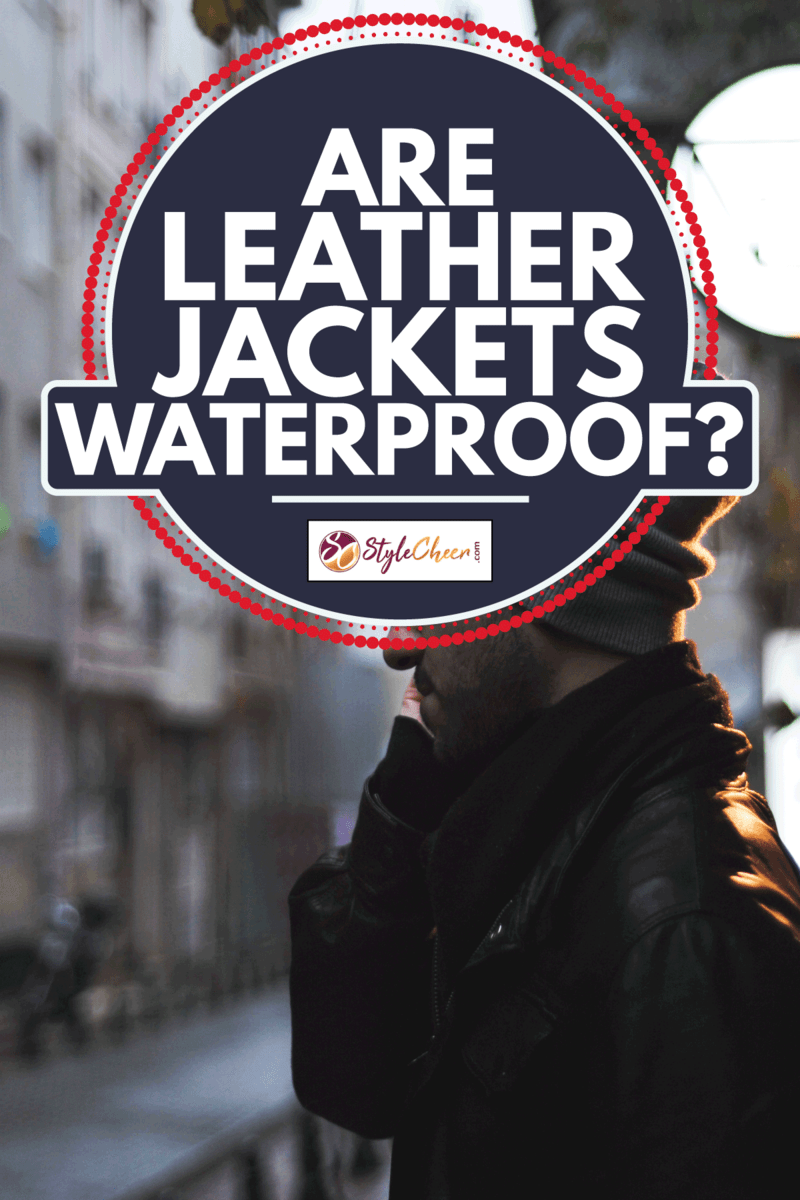
This article may include affiliate links and elements that were carefully created by our team using advanced ai to help you envision the best style advice.
Leather 101
Most leather damage can be avoided if the owner has a basic understanding of leather and the basic rules of leather care. Leather is a natural material made from animal skin. This means it has tiny holes that allow water to seep into the material. Absorbent leathers such as suede, nubuck, and aniline remain very porous, letting the water soak in, causing the leather to turn a darker color. Non-absorbent leathers have a finish that closes off pores causing water to shed off rather than soaking in.
General types of leather
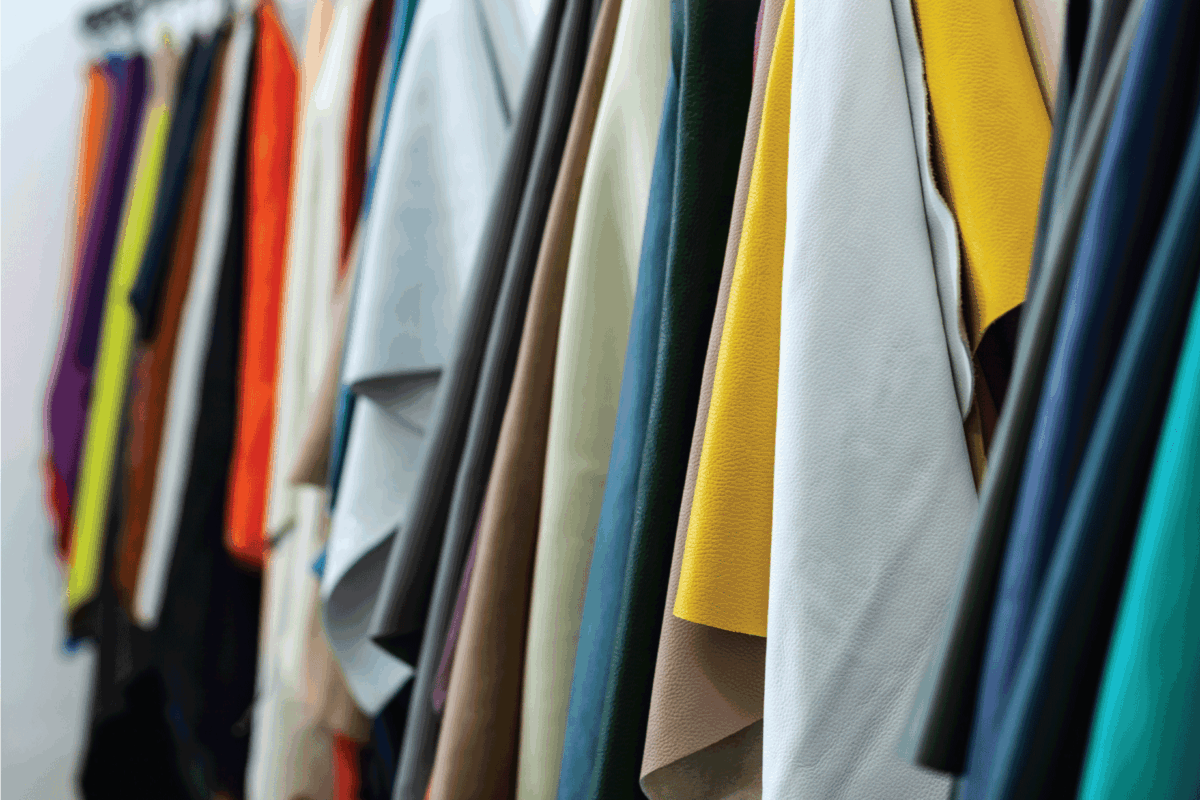
- Full-Grain and Top-Grain - These are the highest quality leathers. Made from the top layers of natural hide, they are the most durable and water-tolerant.
- Split-Grain - This is leather left over after the full and top grains are split, so it still has durability and is water-tolerant.
- Genuine Leather - The lowest quality of real leather. It's less durable and water-tolerant than other leathers.
- Bonded Leather - Is made from leather pieces and fibers chemically bonded together. It usually has a finish with some water protection included.
Leather skin refers to the type of animal hide. Common hides include cattle, sheep, goats, and pigs. Leather can also be from coveted exotic skins that include elephants, zebras, giraffes, ostriches, and snakes. Exotic skins are more expensive and require more care than common leathers, so make sure you read the label for special care instructions.
Protection Against Water
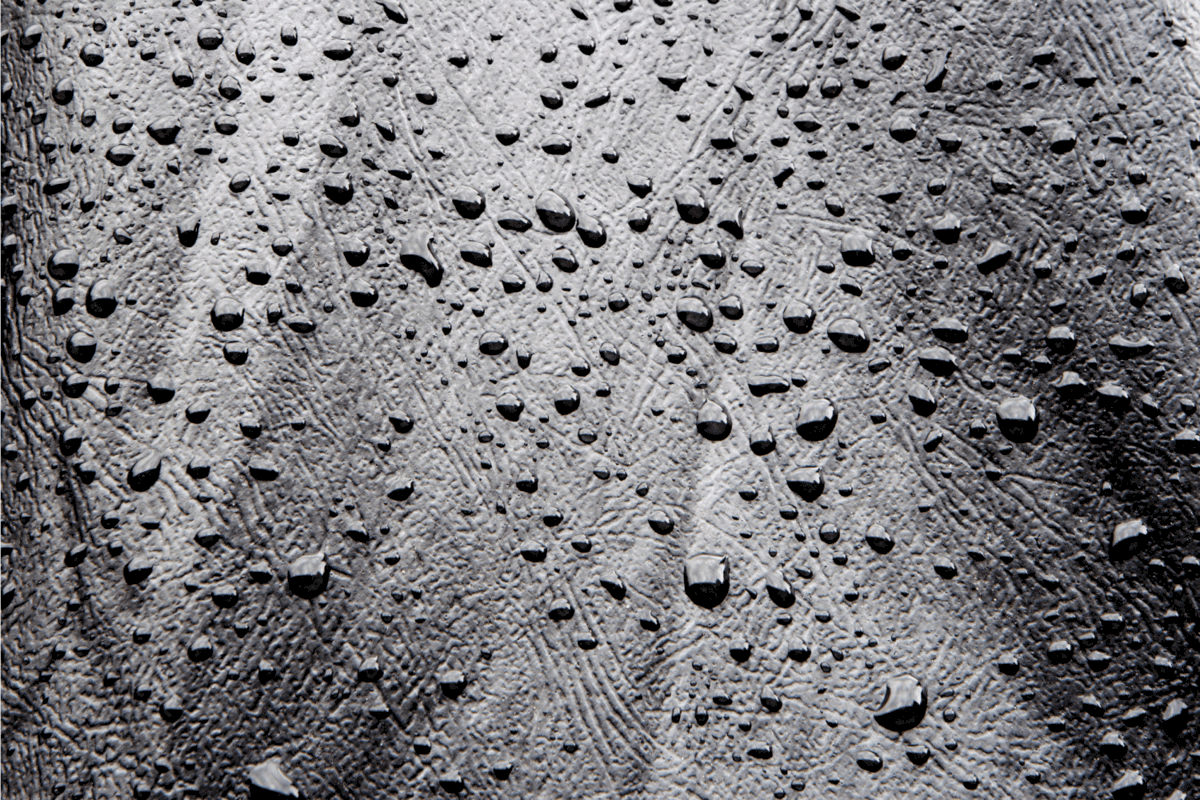
Water is one of the biggest enemies of leather. Water can cause staining, stretching, wrinkles, and stiffness. Protection is paramount, but so is understanding the terms used to describe water protection.
- Water-resistant- Provides the lowest level of protection. The leather has some level of resistance to the penetration of water but not fully.
- Water repellent - Provides the midpoint of protection. The leather is able to repel the penetration of water but is still not fully protected.
- Waterproof - Provides the highest level of protection. The leather is protected so that water cannot pass through.
Leather jackets are not by definition waterproof and can never be 100% waterproof. Unless there's a specific statement indicating the leather has already been treated with a waterproofing agent, be cautious. Some leather finishes naturally resist or repel water, while others do not tolerate water at all. Regardless, your leather jacket needs to be treated with a product that applies a protective coating to resist water. You can purchase different types of products and apply them to leather that creates a barrier from water.
Humidity Levels for Leather
While it's important to keep your leather jacket from getting wet, it's also important not to keep it too dry. When leather loses its moisture, it can become brittle and crack. Surprisingly, this often happens after being wet. Leather needs to be regularly cleaned and conditioned. This may be a different step than waterproofing. Be sure to read your label to see if your product is inclusive.
Another source of water damage to your leather jacket is humidity. Leather needs to remain in an environment that maintains a humidity level between 40% to 60% with adequate ventilation. Otherwise, leather begins to mold and mildew. Fortunately, that does not always mean that your leather jacket is ruined. You can easily clean it by wiping the surface clean of any mold or mildew. Then use a leather cleaner and conditioner. If you have mold on your suede or nubuck jacket, you will need to seek professional cleaning services. For the future, follow the humidity storage guidelines, or the mold will return.
Leather has been used to cover the human body since prehistoric times because of availability and durability. Leather started being widely used for jackets by aviators and motorcyclists in the early 1900s. Now, the leather jacket is a classic in fashion trends. That means you want your leather jacket to remain pristine, and with proper care, it is possible.
Can you wear a leather jacket in the rain?
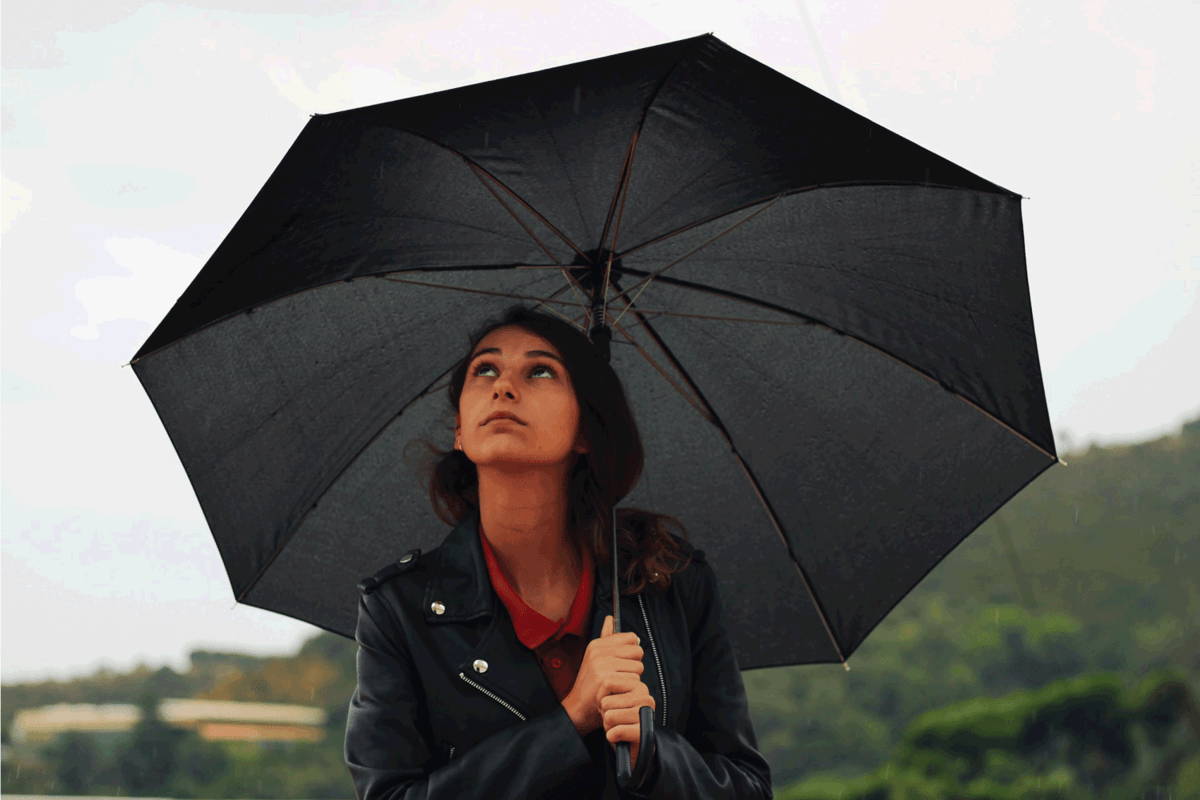
Not all leather can withstand the rain. If your jacket has a non-porous smooth finish that naturally repels water and has been properly treated with an appropriate leather product, exposure to rain is not a huge concern. Dry it off when you get home.
If your jacket is suede or nubuck, even when treated with a protective spray, it's still best to avoid contact with rain. The porous surface is always going to be at risk when exposed to water. If you know there is a high probability of rain, you might want to consider leaving this type of leather in the closet.
What happens if you get leather wet?
If your leather jacket gets wet, act quickly so the water doesn't have time to soak into the leather. The first step is to wipe it off completely with a dry cloth to remove as much water as possible. Then hang to finish drying. You don't want your leather jacket to dry with any wrinkles. Don't apply direct heat sources, including sunlight, to try to make it dry faster. This can cause more damage than the water.
After your leather jacket has been wet, it's a good idea to recondition the leather. The water can bind with the leather's natural oils and cause the leather to become stiff. If the conditioner is not also a water sealant, you will need to retreat to protect future water damage.
Can you put a leather jacket in the dryer?
Never put your leather jacket in the dryer. Leather should always be allowed to dry naturally. Applying heat sources can cause the leather to shrink. Heat also can change the texture and appearance of the leather. Even when drying naturally, avoid any direct exposure to the sun which can cause fading, dryness, and eventually cracking.
How to fix leather after it gets wet?
If leather is left wet for too long, it can stain. If water damage is discovered soon enough, there is hope for repair. Leather cleaners and conditioners should be the first thing you try. Leather restoration kits are also available. Avoid using harsh chemicals because those can lead to more extensive damage. If the damage is too bad, you will need to find a leather professional for repairs.
Best waterproofing spray for a leather jacket?
Some people use waxes, creams, or lotions to waterproof their leather jackets, but sprays are also available. Sprays can be used on suede and nubuck leather jackets, while other options are only suitable for smooth surface leather. Below are some of the most popular leather waterproofing sprays.
Bickmore Gard-More Water and Stain Repellent works on all types of leather to provide superior waterproof protection. Find it on Amazon.
Saphir Medaille d'Or Super Invulner Waterproof Spray is imported from France. It is a gold medal winner for its premium all-natural formula. Find it on Amazon.
Tarrago Hightech Nano Spray Protector is imported from Spain. This product uses nanotechnology for the ultimate in leather protection. Find it on Amazon.
Apple Brand Garde Rain and Stain Repellent is made in the U.S.A with a 4.6-star rating this product protects from rain and other stains without changing the appearance of your jacket. Find it on Amazon.
Angelus Genuine Mink Oil Spray has been a favorite leather protectant for ages. This is the same genuine mink oil but in a convenient spray. Find it on Amazon.
In summary
With proper knowledge and care, your leather jacket will remain in great shape for years. Remember that your leather needs to be treated with a water protective product as well as cleaned and conditioned on a regular basis. If you follow the advice in this article, you won't have to worry if you get caught in the rain while wearing your favorite leather jacket.
Just like your leather jacket, your other leather accessories need care too. For more information, check out this article on cleaning leather sandals or this article on how to clean a leather handbag.






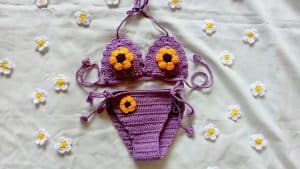
![Woman washing a shirt with her hand, Remove Tire Marks From Clothes Like a Pro [How to Guide] - 1600x900](https://stylecheer.com/wp-content/uploads/2023/08/shutterstock_305739509-300x169.jpg)
